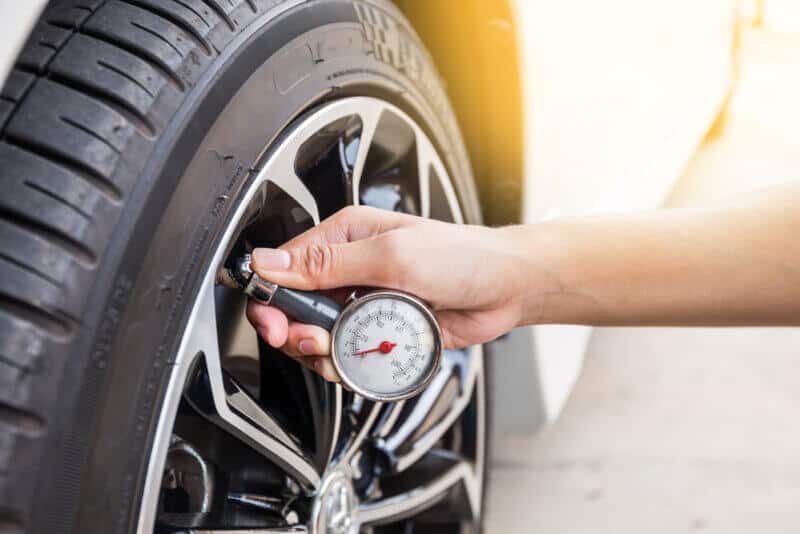The Reasons Why You Need A Tire Pressure Gauge

You can experience a whole lot of problems if your tires are not inflated properly. Underinflated tires can affect your car’s fuel economy, handling, and, more seriously, cause a tire blowout, which could lead to an accident. Overinflated tires can have other adverse effects too. For example, your car could feel unstable while driving, and the tread of your tire could wear down a lot faster.
Unfortunately, your car’s tire pressure monitoring system won’t necessarily tell you that your tires are properly inflated. Such systems can warn you that you may have an active leak in one or more of your tires, but they can’t tell you if your tires have the right amount of air. The best way to know is by using a tire pressure gauge.
Tire Pressure: Summer vs. Winter

Both heat and cold can have consequences for your tires. Cold causes things to shrink, while heat causes them to expand. This rule also applies to your tires. Drastic temperature drops in winter can cause significant tire pressure declines, about 1 to 2 pounds of pressure for every 10-degree drop.
While in summer months, the heat can cause your tires to expand—about a 1-pound pressure increase for every 10-degree temperature increase. Regardless of the season, we recommend you check your tire pressure twice a month or every time you expose your car to extreme temperatures.
How To Use A Tire Pressure Gauge
Keeping the proper tire pressure is not an overly complicated process; follow these steps. First, make sure your tires are “cold.” This doesn’t mean that they should be cold to the touch; it means that your car should be parked and settled for about 3 hours or more. Look on the driver’s side doorjamb (or in the owner’s manual) and find the recommended cold tire PSI (pounds per square inch) for your front and rear tires.
Now, choose the first tire that you would like to inflate and remove the valve cap from that tire. Press the tire pressure gauge onto the valve stem and push until you hear a “hissing” sound, this will give you a reading. Compare it with the recommended PSI and add air if you need to.
Repeat this process for the other tires.
Staying Road-Ready
Regardless of whether the road is dirt or asphalt, maintaining a tire pressure gauge in your car is a great way to make sure that your tires are road-ready. Check your PSI often (we recommend twice a month) and add air when necessary.
Adequately filled tires will provide better gas mileage for your car and many other benefits. Maintaining your safety (and other drivers on the road) is of the most importance.
Another great way to protect your car against damage is by getting the perfect insurance for your needs and budget. At USAgencies, we can help you save up to $798*. Get a free Alabama car insurance quote online, over the phone, or at one of our offices near you.
*Based on a Q2 2020 study of USAgencies customers who reported saving when they switched. View full details



